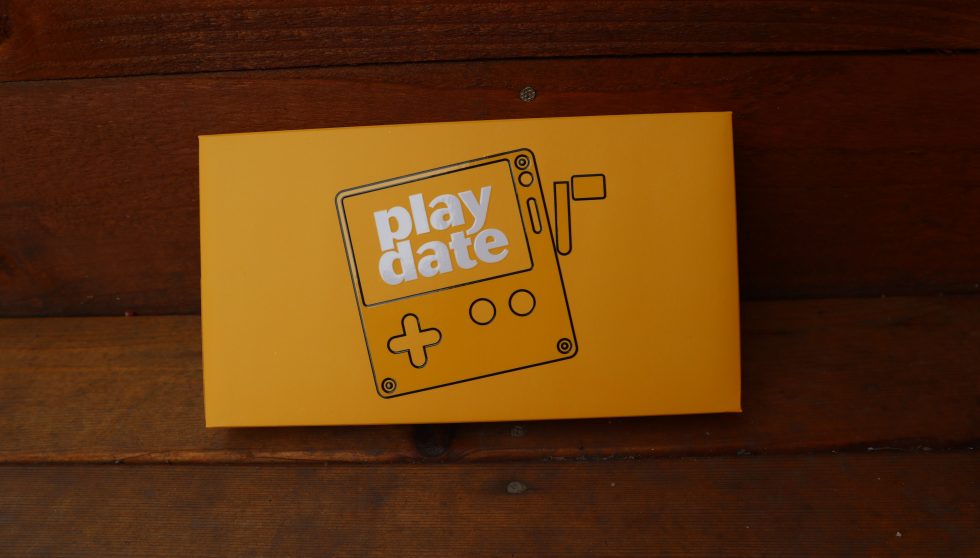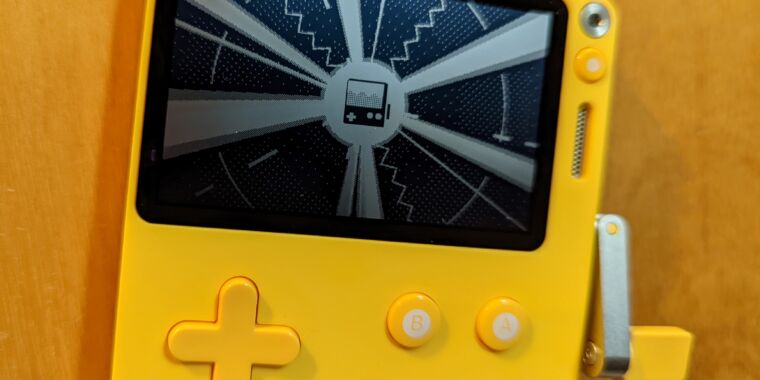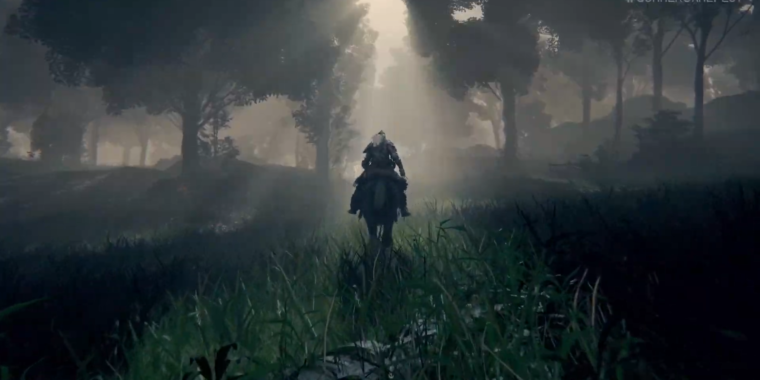
Sam Machkovech
Nine months ago, the team responsible for the portable Playdate game system sent us the device’s “near-final” version for preview. I spent weeks carrying, tapping, and cranking it while testing four preinstalled games. It’s a unique and fun device, even if it lands more in the “quirky hipster” column than the “must-have” one.

Sam Machkovech
But that preview was inherently limited by issues like a non-final OS and 83 percent of the system’s games not being ready. Next week, I will be able to report on everything else about the retail version of the Playdate, which I’ve been testing for a couple of weeks now. In particular, I’ll answer whether the device’s mix of unique shape and 24 built-in games are worth its $179 retail price (and its “2023” estimate for new orders placed as of press time).
My Playdate system review will be published in one week, on Monday, April 18, at 1 pm ET.
-
Tap down to snip a face out via virtual scissors.
Sam Machkovech -
Punch the on-screen button with the real-life button.
-
Playdate really wants me to use its crank, whose bright yellow tip is currently tucked into a slot on the side.
Ahead of that review, the system’s producers at Panic and Teenage Engineering have invited me to share a tease of how the final hardware looks… so long as I don’t show anything beyond its adorable introductory animation, which appears after a brief setup process and a control introduction. The intro requires new users to tap every gameplay button (A, B, all D-pad directions, plus a few rotations of the crank). Doing this sets simple Rube Goldberg devices into motion. The cartoony animations and catchy music are charming.
The Playdate intro animation, captured by Panic.
Although I’m embedding a video of the full animation, it looks different on a standard web browser than it does on the Playdate’s responsive, high-DPI screen, which combines e-ink crispness with fast-switching LCD properties. The still photos in this article, taken with my personal smartphone, are quite crisp, despite some of the pictures capturing full-blown animations. I will have more to say about the screen’s overall performance in my Playdate review.
-
Panic has not provided members of the press the official Playdate carrying case, so I have carried my review unit around in its retail case since its padding fits over the system’s buttons.
-
Back-of-box sales pitch.
-
Another angle, complete with a Panic company logo.
The system and its box, meanwhile, should look familiar. Last year’s box was the same shape and design, only with newly revised logos and text. Aesthetically, you’d be hard-pressed to tell the difference between either system, thanks to identical buttons and dimensions.








